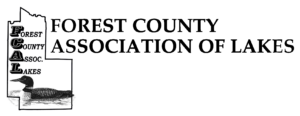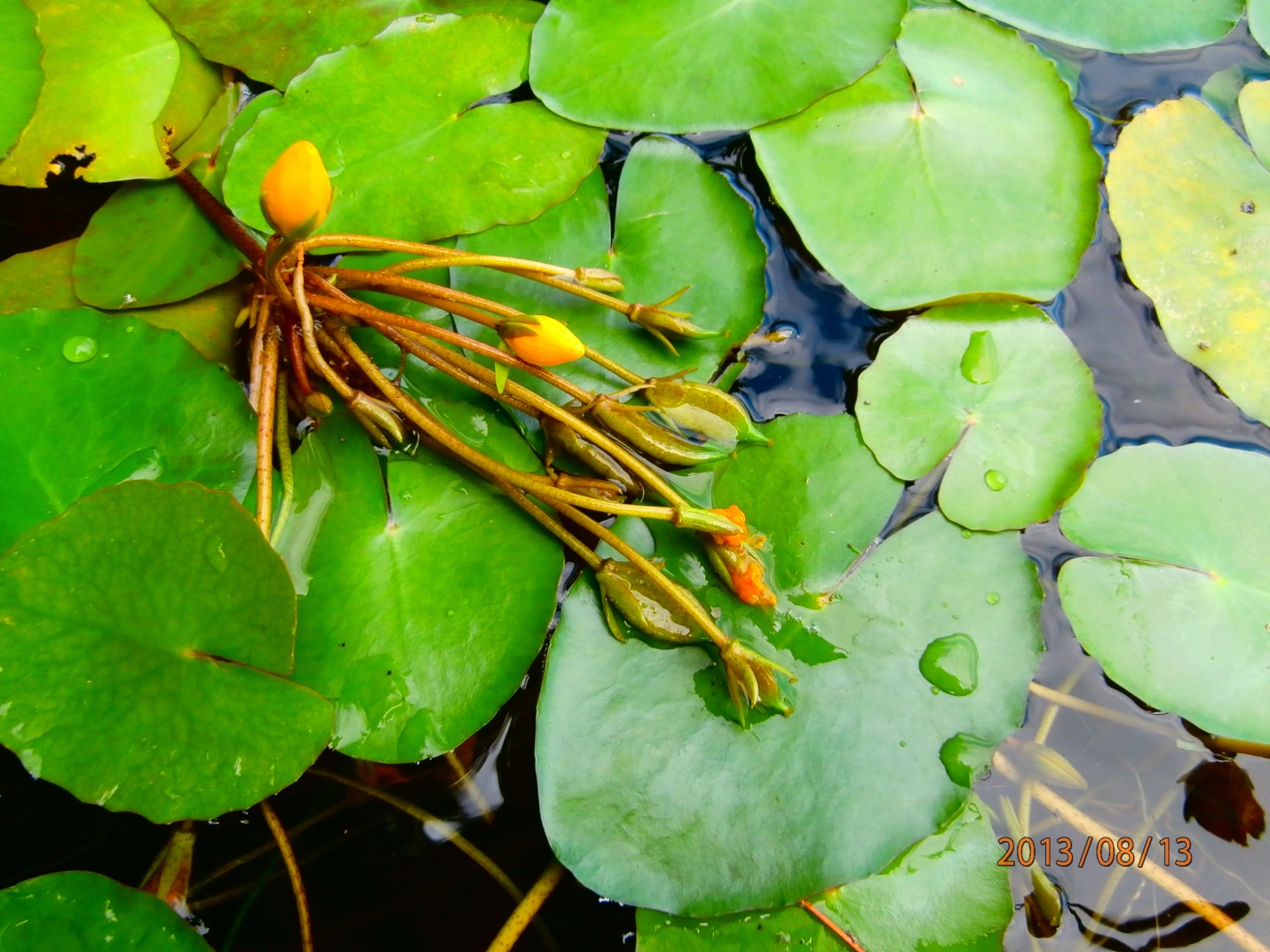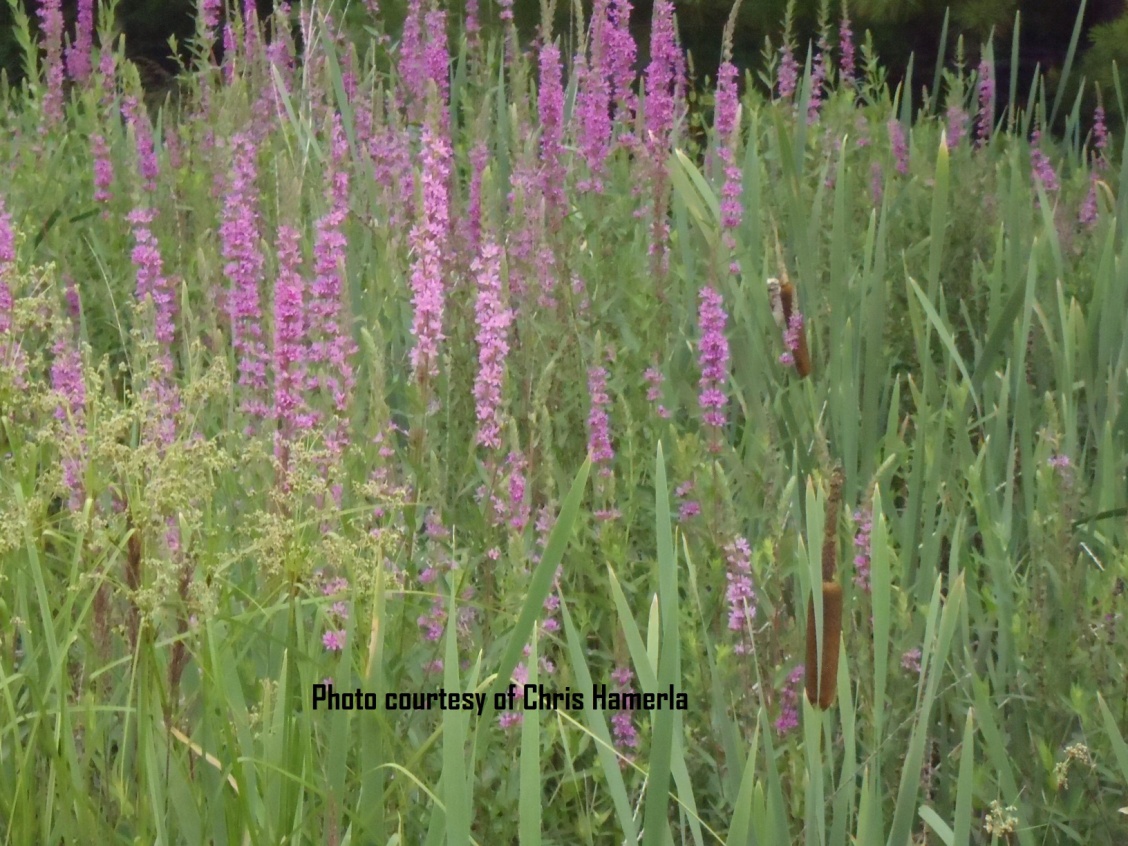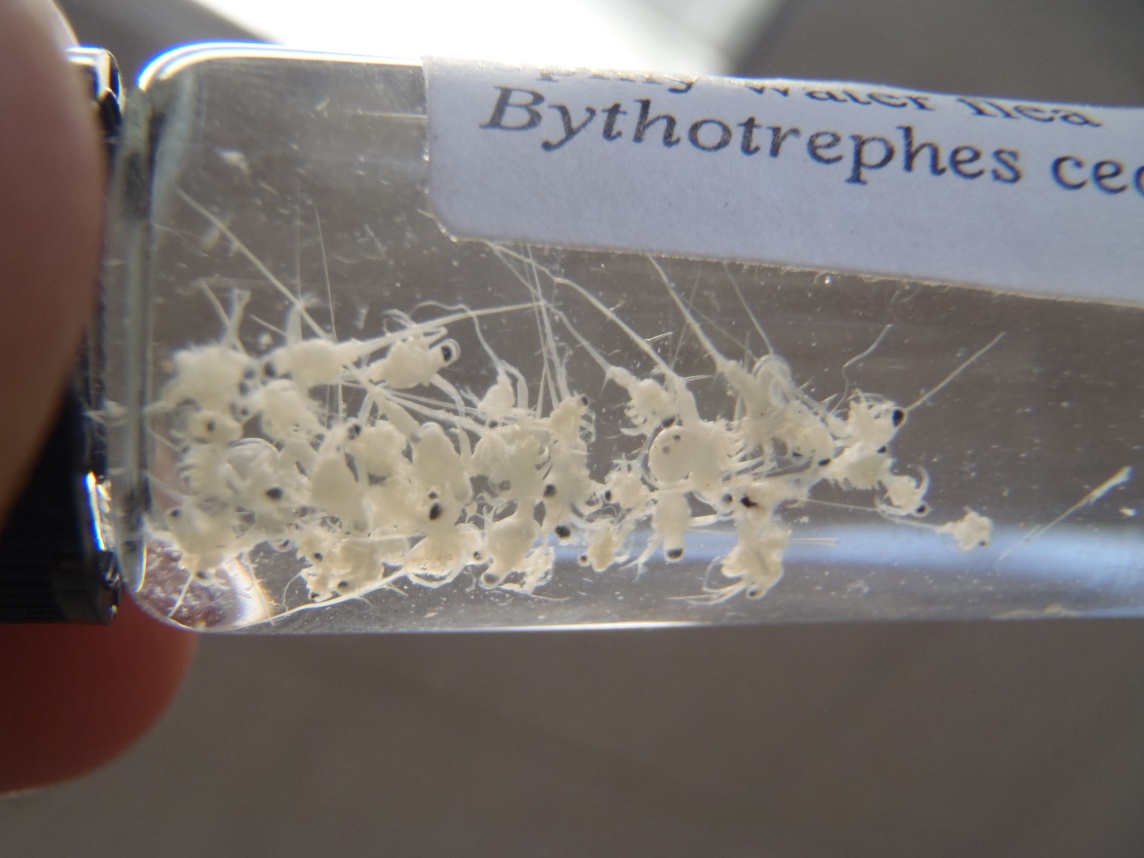MINNESOTA DNR NEWS – FOR IMMEDIATE RELEASE June 2, 2015 Five bighead carp were captured in the St. Croix River in the past week, just south of Stillwater near the Xcel Energy Allen S. King power plant, according to the Minnesota Department of Natural Resources....
Invasive Species
Non-Native Invasive Species in Forest County
TERRESTRIAL:
- Purple Loosestrife
- Garlic Mustard
- Wild Parsnip
- Common Tansy
- Buckthorn
- Japanese Knotweed
- Spotted Knapweed
- Reed Canary Grass
- Phragmites
- Japanese barberry
- Emerald Ash Borer
- Earthworms
- Jumping Worms
AQUATIC (AIS):
- Eurasian Milfoil
- Yellow Floating Heart
- Curly Leaf Pondweed
- Rusty Crayfish
- Zebra Mussels
- Spiny Water Flea
Open Florence/Forest County Frog and Toad Survey Routes
An email message from Wisconsin DNR Conservation Biologist Andrew Badje: Dear WDNR Biologists (Florence/Forest Counties), I’m the Wisconsin Frog and Toad Survey Coordinator and am in the process of beginning to fill the vacant frog and toad routes across the state...
Invasive algae found for the first time in a Wisconsin lake
Please click the link below to read the article on Starry Stonewort: http://www.jsonline.com/news/invasive-algae-found-for-the-first-time-in-a-wisconsin-lake-b99397718z1-283977751.html
A reminder to watch what plants you are purchasing from garden centers and plant nurseries
A recent article shared by John A. Preuss, Lumberjack Aquatic Invasives Coordinator for Lincoln, Langlade and Forest Counties: Yard MD blog: Warning! Garden centers are selling invasive shrub Avoid purchasing and planting Scotch Broom May 5, 2014 | Rob Zimmer...
Suggested reading from John A. Preuss – Lumberjack Aquatic Invasives Coordinator
The following article "Study: Mussels improve lake property values Invasive species improves water clarity" was recently shared by John A. Preuss, Lumberjack Aquatic Invasives Coordinator.
Yellow Floating Heart (Nymphoides peltata)
Yellow floating heart grows in dense mats. It is originally from Eurasia, the Mediterranean, China, India, and Japan. It is believed to spread from releases from water gardens and the nursery trade. It reproduces by seeds, stems, or broken off leaves with part of a...
Japanese Knotweed (Polygonum cuspidatum)
Japanese knotweed is a semi woody shrub that can reach heights of 8 to 15 feet tall. The plant resembles bamboo and is often called Japanese bamboo. It originated in Japan and made its way to the United States and Wisconsin as an ornamental plant that people planted...
Purple Loosestrife (Lythrum salicaria)
Purple Loosestrife is a wetland perennial plant that originally arrived here from Europe and Asia. It was distributed and sold by plant nurseries because of its attractive purple flowers. People then planted this species in their yards, gardens and lake front...
Spiny and Fishhook Waterfleas
This little predatory zooplankton is native to Europe and Asia. They can grow up to ¾ of an inch in length and eat native Daphnia, which is a food source for many smaller juvenile fish species. Young fish have difficulties eating the waterflea because the tale often...
Zebra Mussels (Dreissena polymorpha)
Zebra mussels are small bivalve mollusks that are fingernail sized and native the Caspian Sea region of Asia. These mussels are filter feeders and one mussel can filter one liter of water per day. In the water they feed primarily on phytoplankton, zooplankton, and...





